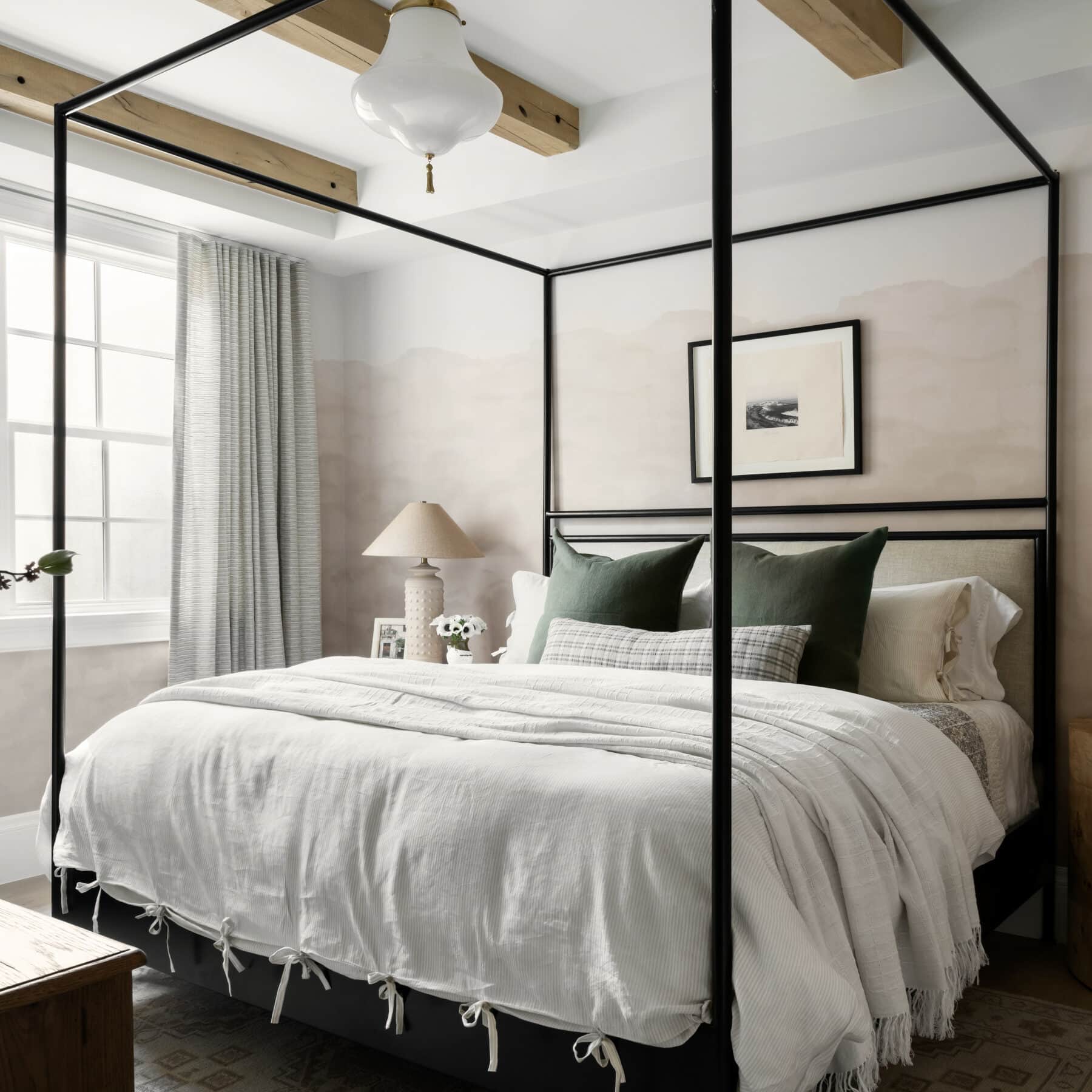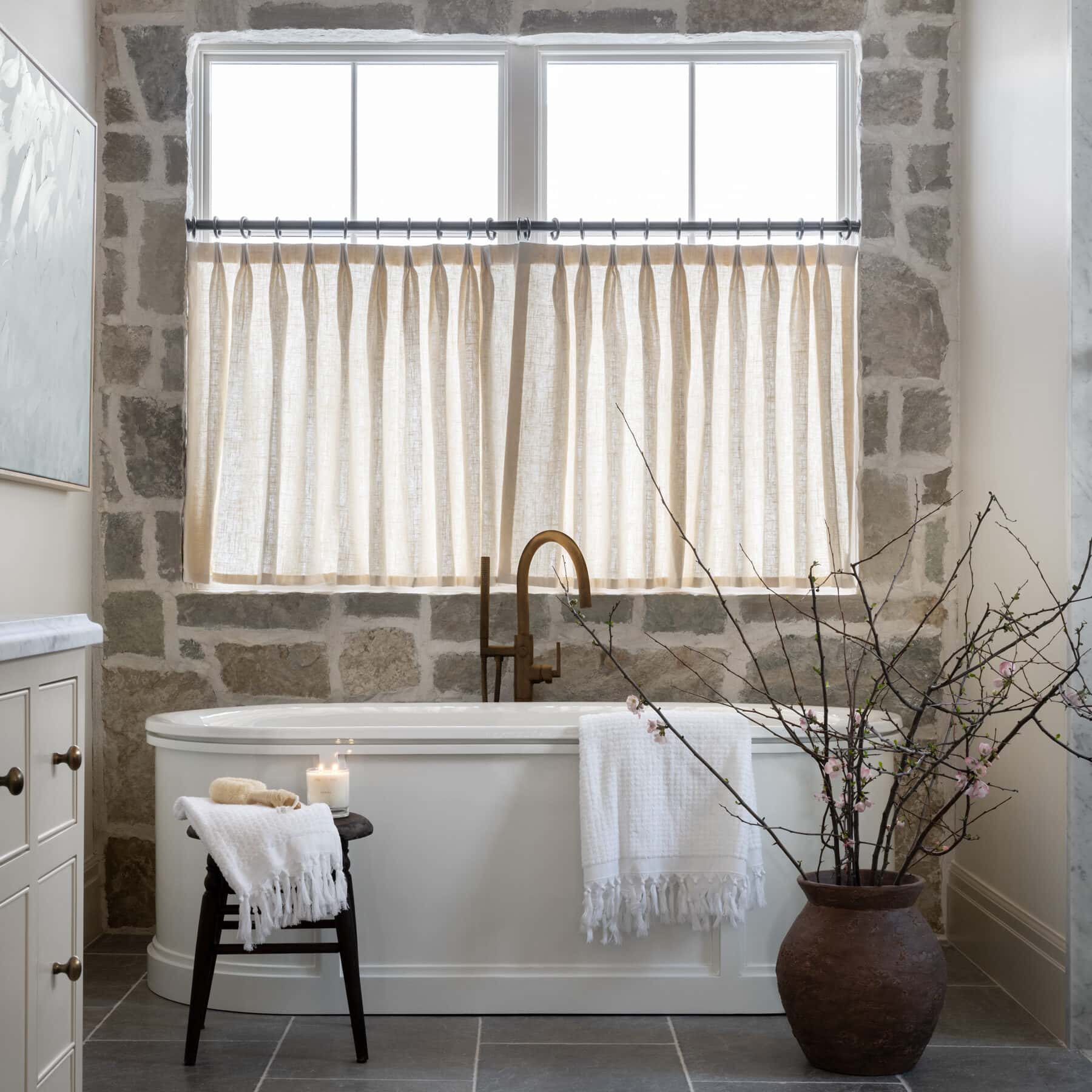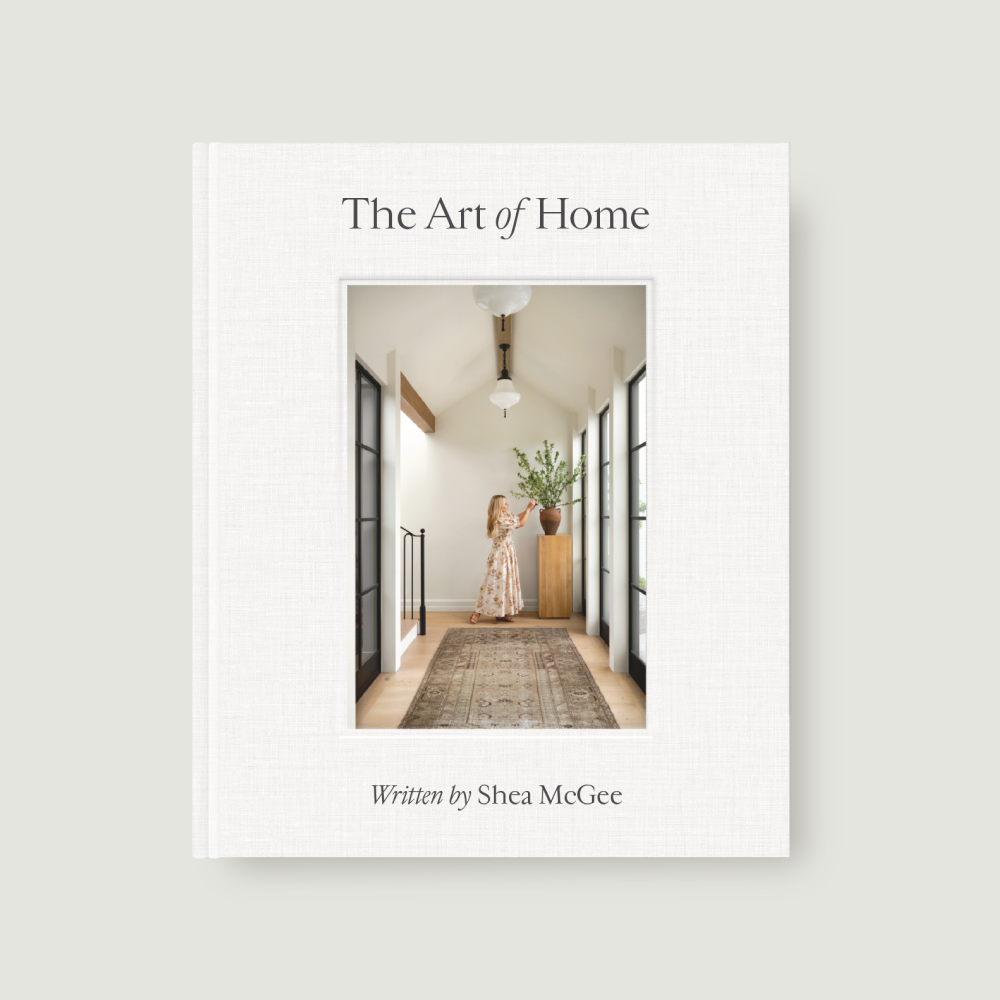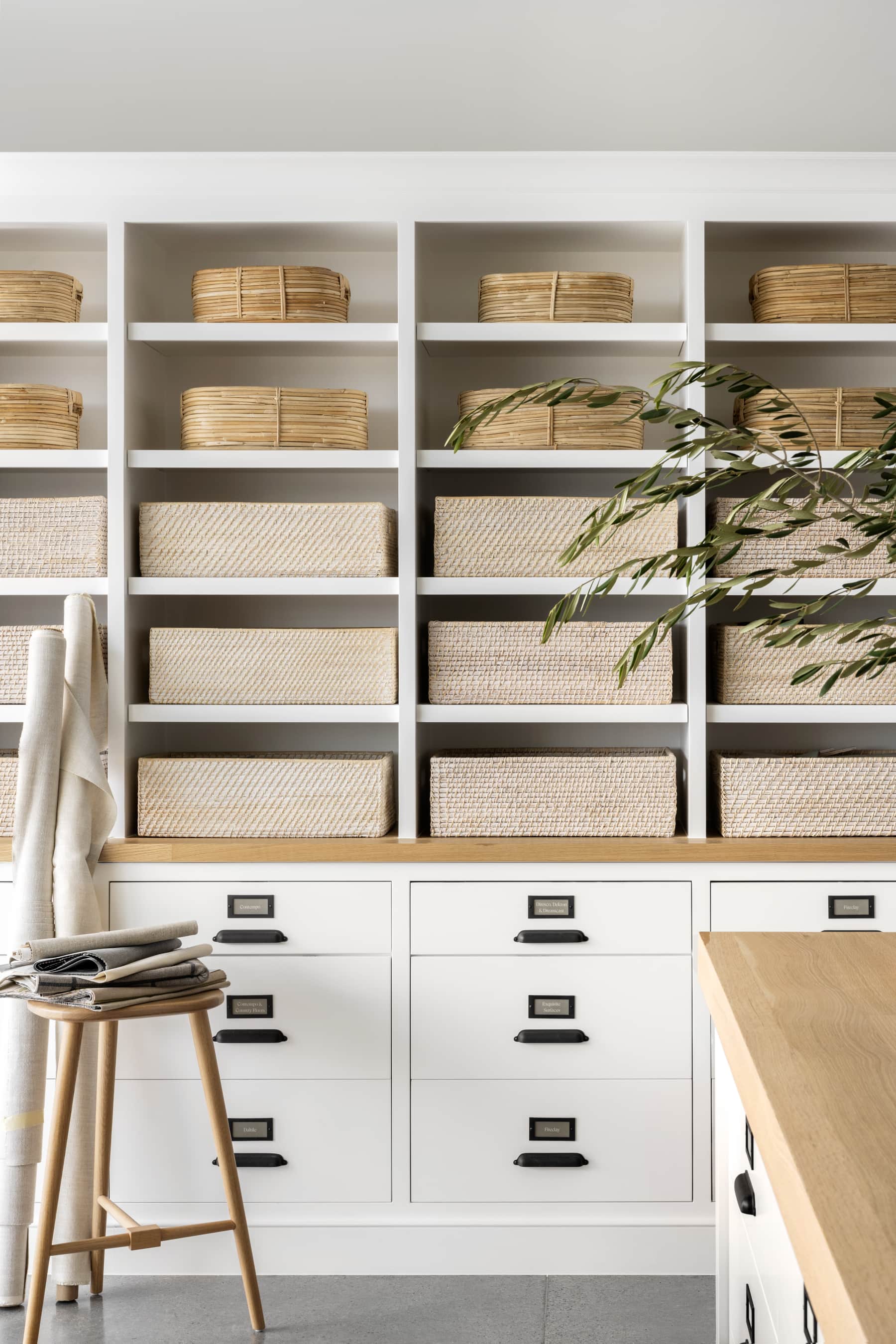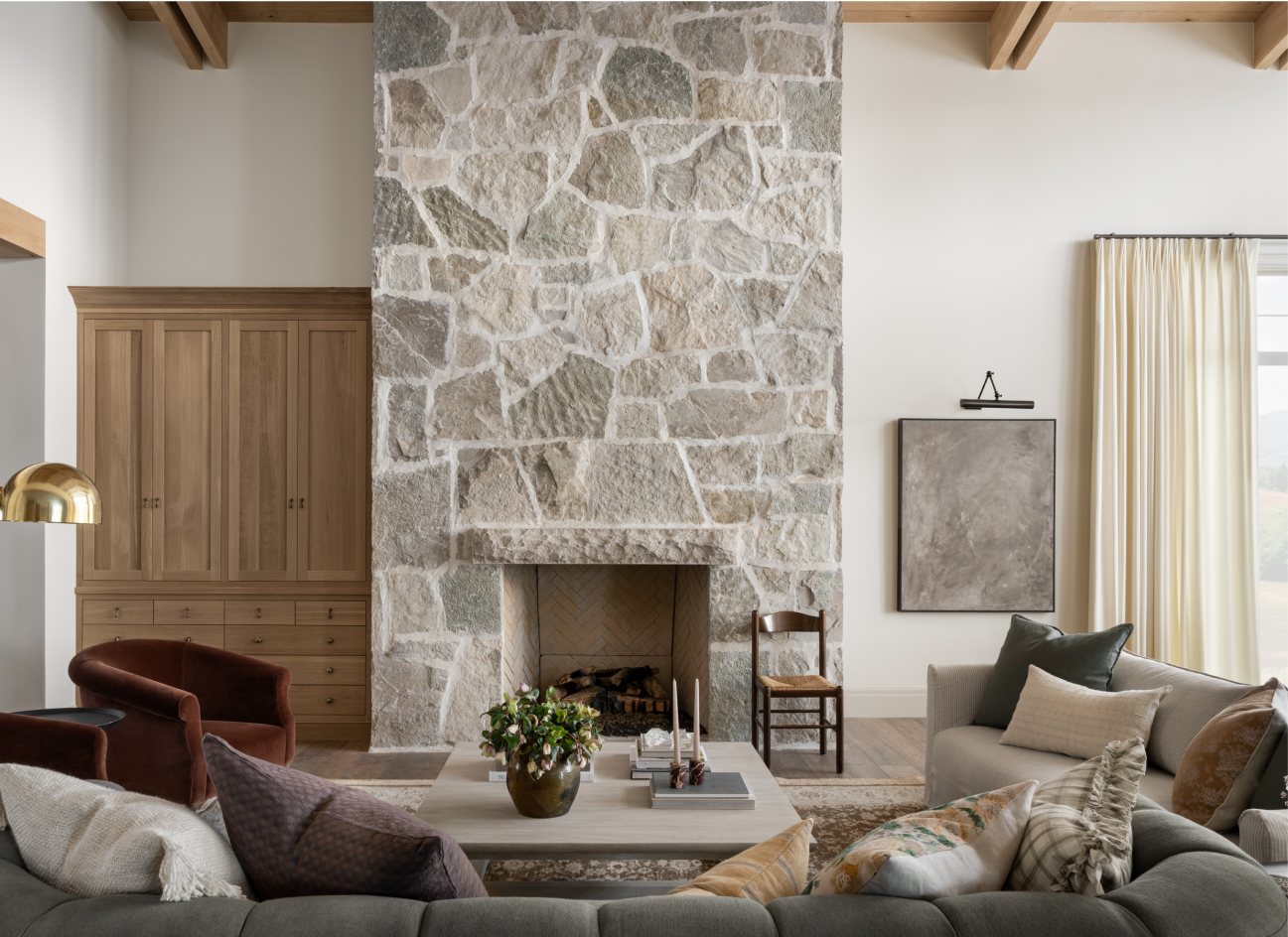
Countertop Guide 101
08 January –
The pros, cons, and everything in between.
The pros, cons, and everything in between for you can choose your countertop styles with confidence.
Countertop surfaces have come a long way since the days of Formica, the plastic building material that was once all the rage. With all the options out there now, it can be tough to know what material is going to be best for your style and your lifestyle, as evidenced by the hundreds of questions we get each year asking for advice on picking out countertop materials. We listened to your requests and put together this list of pros and cons for eight different countertop materials and fourteen different countertop edge profiles so you can pick the perfect surface for your spaces.

01
Marble
Pros
- Natural stone
- Timeless
- Heat resistant
- Wide range of colors and styles
- Can be polished or honed
- Often considered the most designer look of all options
Cons
- Porous surface, meaning it can stain and etch
- Scratches and chips
- Wide range of price points depending on the type
- Requires sealing and maintenance

02
Quartz
Pros
- Engineered material
- Stain, scratch, impact, and heat-resistant
- Variety of colors and styles
- Nonporous
- No maintenance required
Cons
- Designed to mimic natural stone, but it never will be
- Natural stone has a cold temperature to the touch, but quartz has a more manufactured feel
- Not a one-of-a-kind selection, which can feel impersonal
- Extra caution should be taken for exposure to excessive heat that can cause damage
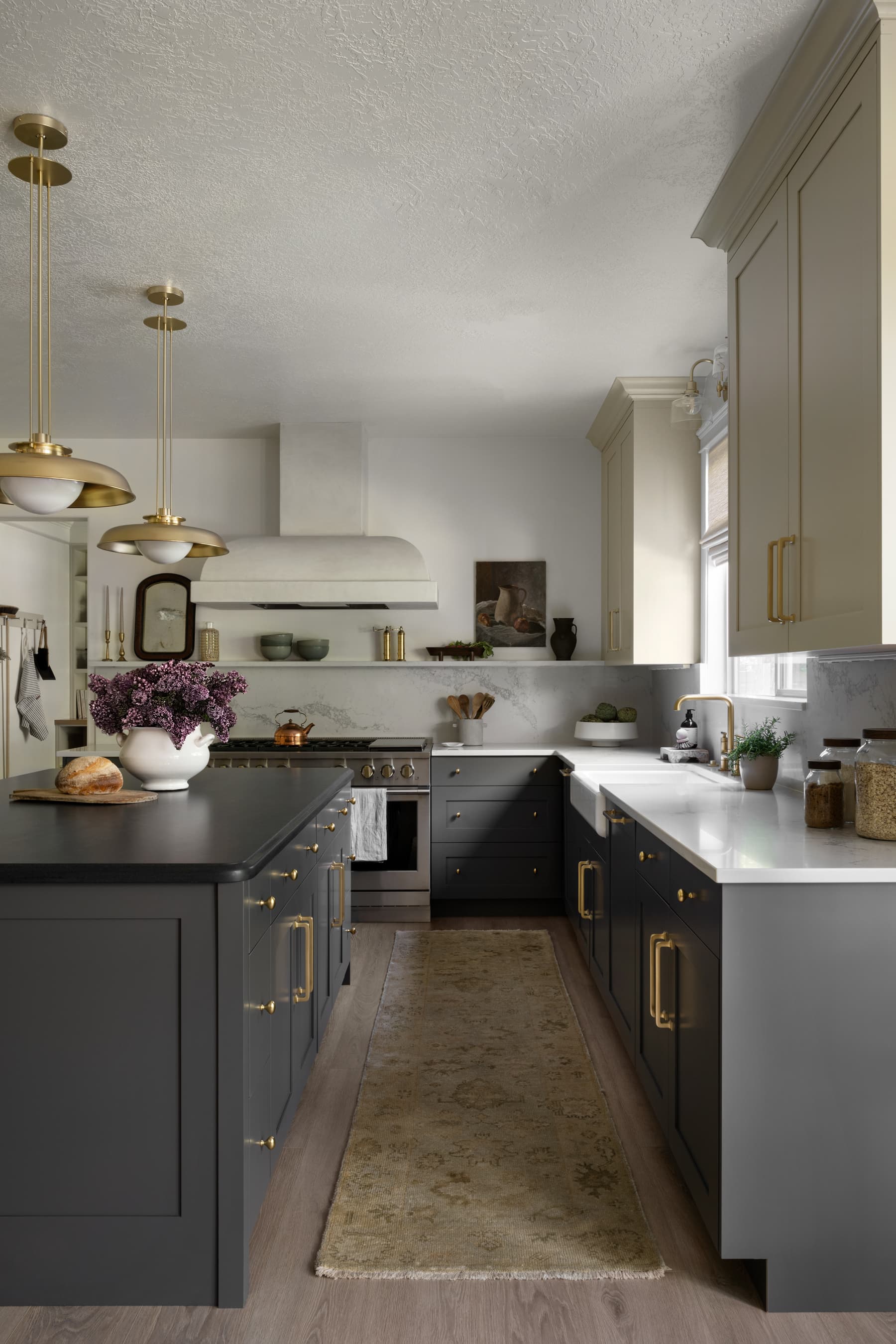

03
Quartzite
Pros
- Natural stone
- Heat resistant
- Variety of colors and styles
- When sealed it is more durable than marble
Cons
- Requires maintenance to be sealed
- Can be costly depending on the slab

04
Soapstone
Pros
- Natural stone
- Timeless
- Does not need to be sealed
- Heat resistant
- Easy to disguise surface scratches with readily accessible products
- Typically cost-effective
Cons
- Susceptible to scratches and nicks
- Narrow range of colors, from gray to black


05
Butcher Block
Pros
- Adds warmth and character
- Great for baking
- Timeless
- Cost-effective
Cons
- Requires regular maintenance
- Scratches and dents easily

06
Concrete
Pros
- Modern aesthetic
- Stain, heat, and water-resistant when sealed
- Customizable thickness, profiles, colors, and textures
Cons
- Ages over time
- Prone to stains, scratches, chips
- Requires maintenance


07
Granite
Pros
- Natural stone
- The most heat-resistant natural stone
- Non-porous after it is sealed•Wide range of colors and options
- Cost-effective
Cons
- Speckled appearance versus veining
- Porous if not properly sealed

08
Porcelain
Pros
- Engineered stone made from clay-based materials
- Veining and colors are very realistic
- Non-porous, scratch and stain-resistant
- Slabs are offered in large sizes
- Cost-effective
Cons
- Edge styles are limited
- Thin material, so seaming on edges can be more obvious





